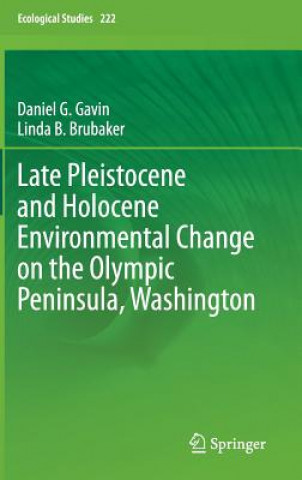
Kód: 05267101
Late Pleistocene and Holocene Environmental Change on the Olympic Peninsula, Washington
Autor Daniel Gavin, Linda B. Brubaker
This study brings together decades of research on the modern natural environment of Washington's Olympic Peninsula, reviews past research on paleoenvironmental change since the Late Pleistocene, and finally presents paleoecologica ... celý popis
- Jazyk:
 Angličtina
Angličtina - Vazba: Pevná
- Počet stran: 142
Nakladatelství: Springer, Berlin, 2014
- Více informací o knize

3313 Kč

Skladem u dodavatele v malém množství
Odesíláme za 12-15 dnů
Potřebujete více kusů?Máte-li zájem o více kusů, prověřte, prosím, nejprve dostupnost titulu na naši zákaznické podpoře.
Přidat mezi přání
Mohlo by se vám také líbit
-

Aesthetics and Politics of the Crowd in American Literature
2732 Kč -

Caryll Houselander
504 Kč -

Guide to the Getty Villa
396 Kč -
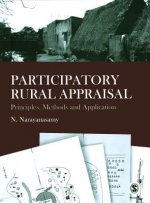
Participatory Rural Appraisal
695 Kč -

Invisible Victims
1260 Kč -

Humphrey´s First Christmas
210 Kč -

Official Stories
4036 Kč
Dárkový poukaz: Radost zaručena
- Darujte poukaz v libovolné hodnotě a my se postaráme o zbytek.
- Poukaz se vztahuje na celou naši nabídku.
- Elektronický poukaz vytisknete z e-mailu a můžete ihned darovat.
- Platnost poukazu je 12 měsíců od data vystavení.
Více informací o knize Late Pleistocene and Holocene Environmental Change on the Olympic Peninsula, Washington
Nákupem získáte 331 bodů
 Anotace knihy
Anotace knihy
This study brings together decades of research on the modern natural environment of Washington's Olympic Peninsula, reviews past research on paleoenvironmental change since the Late Pleistocene, and finally presents paleoecological records of changing forest composition and fire over the last 14,000 years. The focus of this study is on the authors studies of five pollen records from the Olympic Peninsula. Maps and other data graphics are used extensively. Paleoecology can effectively address some of these challenges we face in understanding the biotic response to climate change and other agents of change in ecosystems. First, species responses to climate change are mediated by changing disturbance regimes. Second, biotic hotspots today suggest a long-term maintenance of diversity in an area, and researchers approach the maintenance of diversity from a wide range and angles (CITE). Mountain regions may maintain biodiversity through significant climate change in refugia : locations where components of diversity retreat to and expand from during periods of unfavorable climate (Keppel et al., 2012). Paleoecological studies can describe the context for which biodiversity persisted through time climate refugia. Third, the paleoecological approach is especially suited for long-lived organisms. For example, a tree species that may typically reach reproductive sizes only after 50 years and remain fertile for 300 years, will experience only 30 to 200 generations since colonizing a location after Holocene warming about 11,000 years ago. Thus, by summarizing community change through multiple generations and natural disturbance events, paleoecological studies can examine the resilience of ecosystems to disturbances in the past, showing how many ecosystems recover quickly while others may not (Willis et al., 2010).
 Parametry knihy
Parametry knihy
Zařazení knihy Knihy v angličtině Earth sciences, geography, environment, planning The environment Pollution & threats to the environment
3313 Kč
- Plný název: Late Pleistocene and Holocene Environmental Change on the Olympic Peninsula, Washington
- Autor: Daniel Gavin, Linda B. Brubaker
- Jazyk:
 Angličtina
Angličtina - Vazba: Pevná
- Počet stran: 142
- EAN: 9783319110134
- ISBN: 3319110136
- ID: 05267101
- Nakladatelství: Springer, Berlin
- Hmotnost: 403 g
- Rozměry: 244 × 174 × 14 mm
- Datum vydání: 08. December 2014
Oblíbené z jiného soudku
-
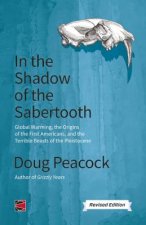
In the Shadow of the Sabertooth
424 Kč -
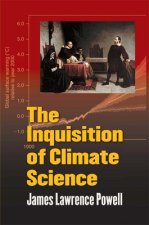
Inquisition of Climate Science
675 Kč -

Climate Wars - What People Will Be Killed For in the 21st Century
331 Kč -
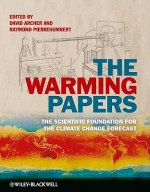
Warming Papers
2916 Kč -

Don't Even Think About It
357 Kč -
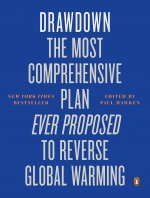
Drawdown
564 Kč -

Emerald Planet
330 Kč -

Six Degrees
303 Kč -
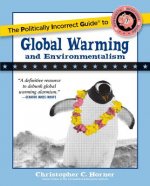
Politically Incorrect Guide to Global Warming and Environmentalism
516 Kč -

This Changes Everything
444 Kč -
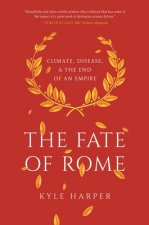
Fate of Rome
439 Kč -

Ecology Book
411 Kč -

This Is Not A Drill
223 Kč -
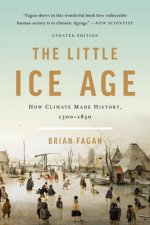
The Little Ice Age (Revised)
382 Kč -
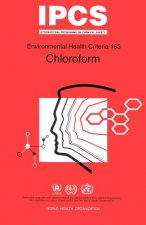
Chloroform
815 Kč -
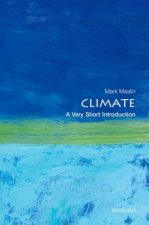
Climate: A Very Short Introduction
250 Kč -
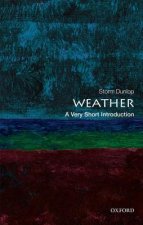
Weather: A Very Short Introduction
250 Kč -

Call of the Reed Warbler
518 Kč -

Climate Change (A Ladybird Expert Book)
276 Kč -
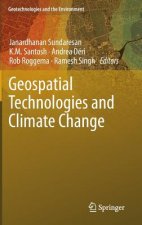
Geospatial Technologies and Climate Change
3313 Kč -
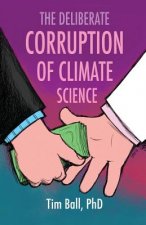
Deliberate Corruption of Climate Science
482 Kč -

Future We Choose
286 Kč -
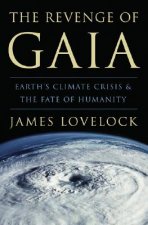
The Revenge of Gaia: Earth's Climate Crisis & the Fate of Humanity
637 Kč -
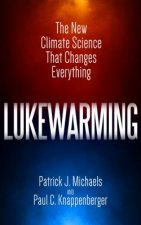
Lukewarming
373 Kč -

Losing Earth
448 Kč -

140 Artists' Ideas for Planet Earth
290 Kč -
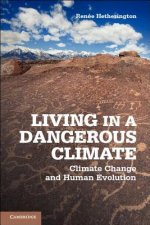
Living in a Dangerous Climate
966 Kč -
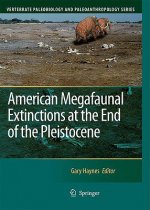
American Megafaunal Extinctions at the End of the Pleistocene
3611 Kč -
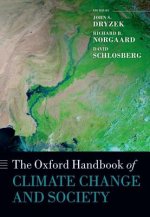
Oxford Handbook of Climate Change and Society
1824 Kč -
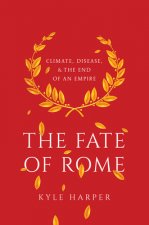
Fate of Rome
1487 Kč -
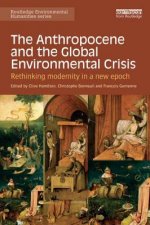
Anthropocene and the Global Environmental Crisis
1683 Kč -
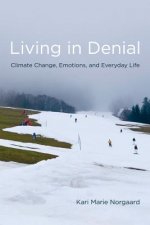
Living in Denial
899 Kč -
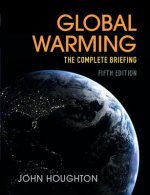
Global Warming
1598 Kč -

Fixing the Sky
593 Kč -
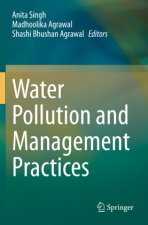
Water Pollution and Management Practices
4204 Kč -

Green Social Work - From Environmental Crises to Environmental Justice
928 Kč -

Callendar Effect - The Life and Work of Guy Stewart Callendar (1898-1964) Who Established the Carbon Dioxide Theory of
975 Kč -

What We Think About When We Try Not To Think About Global Warming
597 Kč -
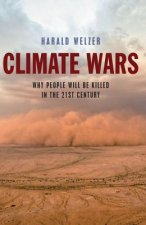
Climate Wars - What People Will Be Killed For in the 21st Century
1890 Kč -

When Smoke Ran Like Water
450 Kč -

Burn Out
447 Kč -

Visit Sunny Chernobyl
494 Kč -

Storming the Wall
424 Kč -
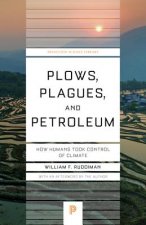
Plows, Plagues, and Petroleum
450 Kč -
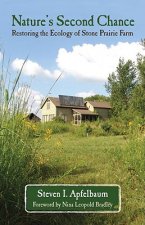
Nature's Second Chance
471 Kč -
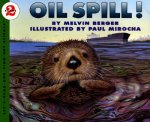
Oil Spill!
173 Kč -

Slow-Tech
614 Kč -
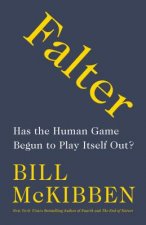
Falter
908 Kč -

What's Really Happening to Our Planet?
645 Kč
Osobní odběr Praha, Brno a 12903 dalších
Copyright ©2008-24 nejlevnejsi-knihy.cz Všechna práva vyhrazenaSoukromíCookies


 Vrácení do měsíce
Vrácení do měsíce 571 999 099 (8-15.30h)
571 999 099 (8-15.30h)